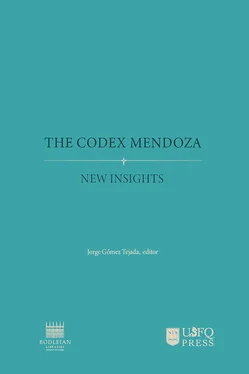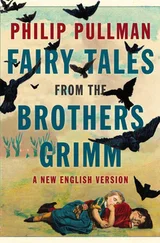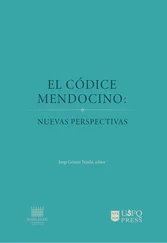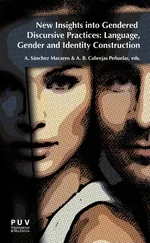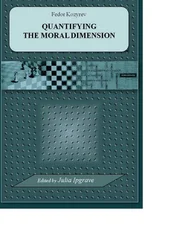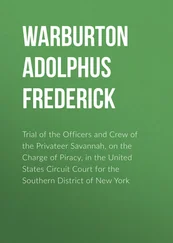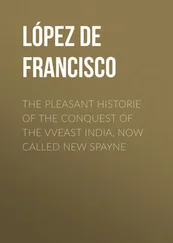The birth of the Codex Mendoza: Francisco Clavijero’s Storia Antica del Messico (1781)
Despite the continuous reproduction, circulation, and study of the Codex Mendoza between the sixteenth and twenty-first centuries, the construction of the manuscript’s history was defined in two instances. The first of these was its publication as part of Samuel Purchas’s 1625 compendium of exploration Hakluytus Posthumus: Or Purchas His Pylgrimes, which we covered in the previous section. The second came about in 1781, when Jesuit historian Francisco Clavijero included it as one of his bibliographic sources for his Storia Antica del Messico, identifying it as la colección de Mendoza. This gesture itself is a powerful one.
On one hand, by naming the manuscript after Mendoza, Clavijero took a manuscript whose importance was indisputable but whose patronage and authorship had remained anonymous, and linked it with one of the major figures in Mexican history. That figure was the first viceroy of New Spain, whose reputation as a statesman, benefactor, and maker of the viceroyalty were widely known (Matienzo [1567] 1967, 207; Alcalá [1540] 1980, 5–6; Tovar de Teresa, León-Portilla, and Zavala 1992).16 Likewise, the concept of collection (“raccolta” in the original Italian) made Mendoza’s role an active one. He was not a mere patron or benefactor of someone else’s work; instead, he had personally collected the object that bore his name. The specific form that this gesture took as part of Clavijero’s bibliography establishes an axis around this decision which betrays an unspoken purpose in the construction of his narrative. In this narrative, the Codex Mendoza is presented as the turning point between pre-Columbian histories and written sources and, as a consequence, between pre-Columbian and Modern Mexico. As such, the Codex Mendoza became a foundational document.
In this section, I wish to explore Clavijero’s gesture of connecting the manuscript with the first viceroy of New Spain. I will also study the manuscript within his bibliographical production and in the context of what Rolena Adorno has identified as the Jesuit’s objective of recovering the Mexican nation. Clavijero’s connection of the manuscript with the first viceroy of New Spain exemplifies a process of cognitive dissonance in which, absent conclusive evidence of this connection, historians find that they wish to find and create an identity for the manuscript that could validate their own goals.
The Storia Antica del Messico
A mere five years after the creation of the United States of America’s Declaration of Independence, Francisco Clavijero’s History of Ancient Mexico was published in Italy as the Storia Antica del Messico. In 1767, the Company of Jesus was expelled from all territories under Spanish rule. When the book was published, Clavijero and a large group of Jesuits thus relocated to Bologna. With the patronage of notable secular and ecclesiastic sponsors (whose names he included in the beginning of his book), Clavijero was finally able to publish his work in Italy.
The organization of the ten books that make up the Storia followed the norms and precepts of Enlightenment-era historical writing. It sought to maintain objectivity, to be grounded in wide documentary foundations from authoritative sources, and to structure narrative as a progressive evolutive sequence beginning with a description of Mexico’s natural environment and ending with a group of “dissertations.” In these dissertations, Clavijero discusses the virtues and, more frequently, the defects of the works that learned foreigners had written about Mexico. He particularly focused on those of the Scottish author William Robertson. In order to contextualize Clavijero’s identification of Antonio de Mendoza as the man responsible for creating the Codex Mendoza and in order to understand the function of the now-attributed manuscript in Clavijero’s work, in this section I pay special attention to Clavijero’s explicit and implicit proclamations on the Storia’s title page, dedication, introduction, and bibliography.
In Clavijero’s dedication of the Storia to the Pontifical University (1780, 2:iii–iv, vii), the historian explicitly declares that, as a Mexican, he has the authority to speak about his nation’s history; having studied this history firsthand, he declares that he can weigh the merits of the works written on the subject and correct their mistakes. Likewise, Clavijero characterizes his work as a gallant effort that he undertook for the benefit of his homeland regardless of the calamities that had befallen him. Finally, he states that his work evidences the sincere love and veneration he feels for his native land. Clavijero reiterates this in his introduction to the book, explicitly stating he seeks to use the Storia to restore the splendor of his land, which a mob of contemporary historians of the Americas had besmirched (2:1). Clavijero casts himself in the role of defender of the truth of his land; this understanding of himself is key to understanding his decisions in the making of his history, such as his selection of sources and the establishment of a narrative arc. As such, it is important for us to pay special attention to one of Clavijero’s claims, which can easily be overlooked, but which shed light on his process.
From the beginning, we can see that Clavijero claims to speak from an objective perspective. The title of the first iteration of the book is Storia Antica del Messico with the subtitle Cavata da´migliori storici spagniuoli e da manuscriti, e dalle pitture antiche degl´indiani (The Ancient History of Mexico, obtained from the Spanish and Mexican historians, from manuscripts, and ancient paintings of the Indians). Here, I wish to highlight the Italian word cavata, which literally translates to “taken from,” but can also mean “extracted” or “obtained.”17 By “extracting” or “taking from,” the author represents himself as the medium through which the audience can obtain a historical object. In this case, that which can be obtained is a source, and so Clavijero intimates that there has been no manipulation or interpretation of the source. Thus, over the course of the ten books of the Storia (with the exception of the dissertations in which Clavijero openly offers his own arguments), the language the author uses and his writing style give the illusion that the relationship he establishes with his sources is that of a vehicle through which these can transmit their content, unmediated by the author. In his phrasing, we can always identify that the ideas presented in his collected sources take precedence, not his own. Thus, we can consider the profusion of footnotes, charts, maps, and comparative lists offered by Clavijero as more than mere receptacles of marginal reflexions or an acknowledgement of authorship; instead, these elements allow us to descry the very structure of the work itself, thereby establishing the true authorial locus of the work. It is the sources that are important, not the compiler.
This is an important point inasmuch as we see Clavijero establish a conscious difference between the nature of his actions and those of the authors of the sources he references. Then, when Clavijero decides to connect the manuscript with Antonio de Mendoza, he uses a verb that intimates a more active role regarding the contents of the codex. In the title Clavijero gives the manuscript, La raccolta di Mendoza, the active word is raccolta, which translates into English as “collection.” The act of racogliere, which translates into English as “collect, gather, or harvest,” implies a different relationship than cavare, since it implies that the individual performing the action chooses and composes that which has been raccolto, “collected.” Thus, la colección de Mendoza is not simply an assortment of texts and images that the viceroy received or acquired, but a document upon which he exerted influence, as Clavijero (1780, 2:22) announces when he claims that,
Читать дальше
